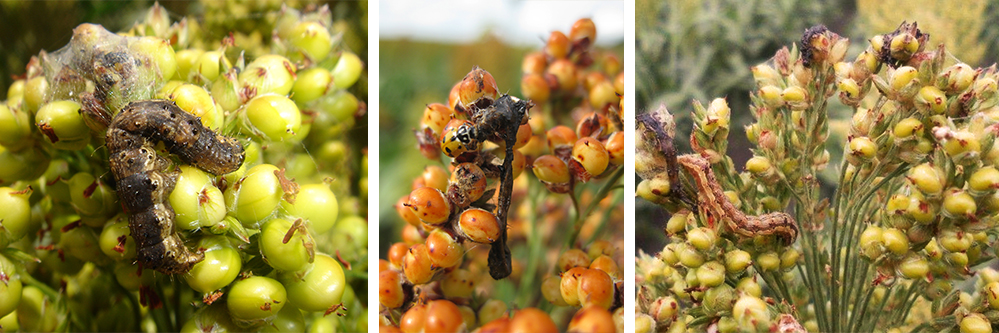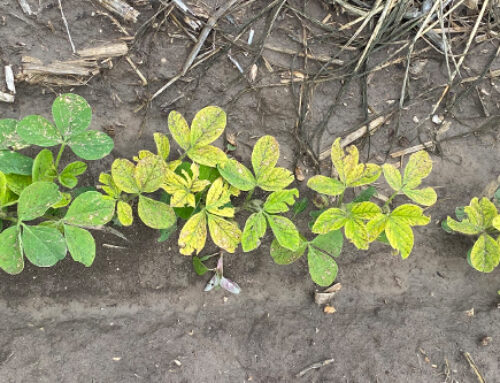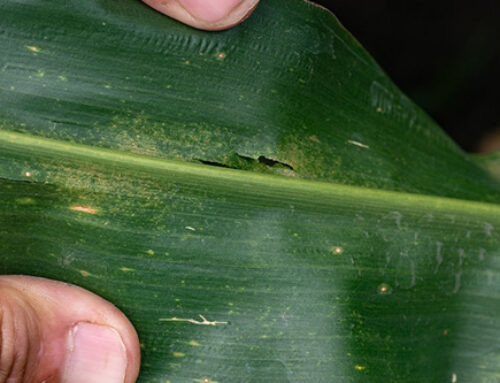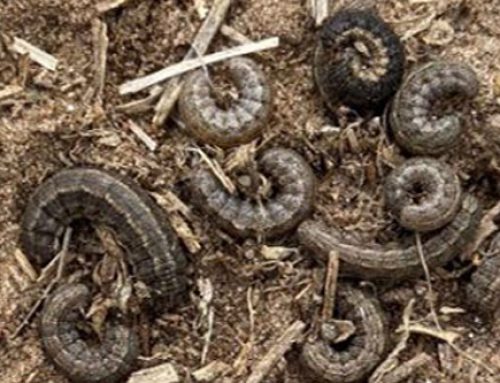Battling resistance is rapidly becoming one of the most challenging hurdles facing agriculture. Often the term resistance is associated with weeds and the herbicides that no longer control them. The challenge is just as real with insect populations becoming resistant to traditional insecticides. The industry is also seeing regulatory bodies putting pressure on widely utilized products (such as chlorpyrifos) that are deemed unsafe to the environment and humans. It’s exciting then to see a truly unique active that is both soft to beneficial insects and cost effective, starting to gain popularity in the market.
Group 31 insecticides (the baculoviruses) are seldom heard of or broadly utilized in agriculture. They refer to naturally occurring pathogens that target specific pests. Most baculoviruses in use are of the genus Nucleopolyhedrovirus or NPV for short. The majority of NPVs used in agriculture are classed as Helicoverpa NPV which means they target Helicoverpa and Heliothis spp (Headworm, Corn Earworm, Soybean Podworm, etc). Tradenames of currently registered Helicoverpa NPVs include Heligen, Gemstar and Helicovex. These products are labelled for use on milo, corn, soybean and cotton crops as well as a wide range of specialty crops.
Helicoverpa NPVs are made by mass rearing live Helicoverpa larvae and infecting them with a small dose of the NPV virus. The virus replicates in the larvae and kills it. The NPV produced in the larvae is formulated into a liquid product that can be applied to a crop. They work when larvae ingest the virus by eating treated foliage. The active ingredient dissolves in the high pH midgut of the host and releases the virus. As the infection progresses, infected cells begin to replicate the virus which causes the cells to expand and burst. Larvae liquify upon death which releases billions of new NPV particles on the crop, which are available to control newly emerged larvae for many weeks after the original control event.
As mentioned, the development of resistance to insecticides as well as some new emerging pests is reinforcing the need to investigate options like NPVs in crop production. Resistance is continuing to develop to the pyrethroids traditionally used to control headworm/podworm in milo and soybeans. Awareness is also growing of the need to protect beneficial insect populations to assist in control of secondary pests. This is proving to be critical in milo with the spread of the sugar cane aphid. In corn production, we are seeing an increase in pressure from corn earworm and a reduction in efficacy from Bt traits.
Helicoverpa NPVs are a valuable tool to help combat these problems but they also need more involved management than some of the more traditionally utilized insecticides. Timing is critical to success with NPV. It needs to be applied to small larvae less than 0.5in long. Control on larger larvae will be weak. The time it takes larvae to die from an NPV infection is slower than with control measures like pyrethroids. Feeding will cease quickly after infection, however, death will usually not occur for four to seven days. Correct identification of the pest present in the crop is also essential. Other larvae that may be present like armyworms or loopers will not be controlled by Helicoverpa NPV. To get the best result from Helicoverpa NPVs, it’s important to partner with your local Crop Quest Agronomist to ensure insect identification and timing are correct. Looking forward, NPVs have a strong fit in broadacre agriculture not only due to their cost effectiveness and efficacy but also to protect beneficial insects and support integrated pest management.
Written by Joel Heppell, Agronomist
Photo Credit: AgBiTech





